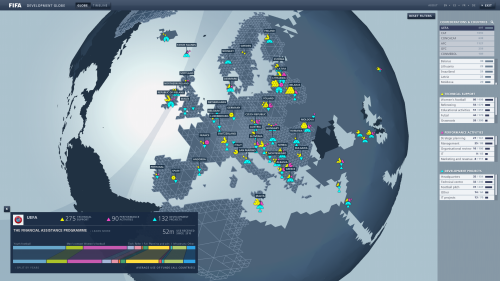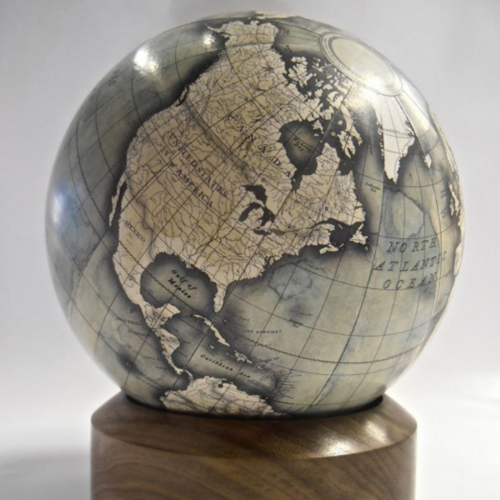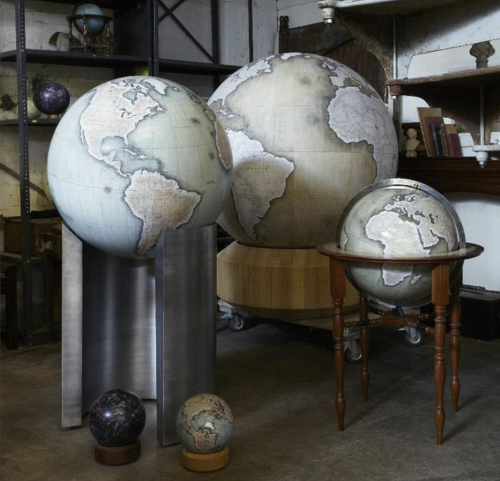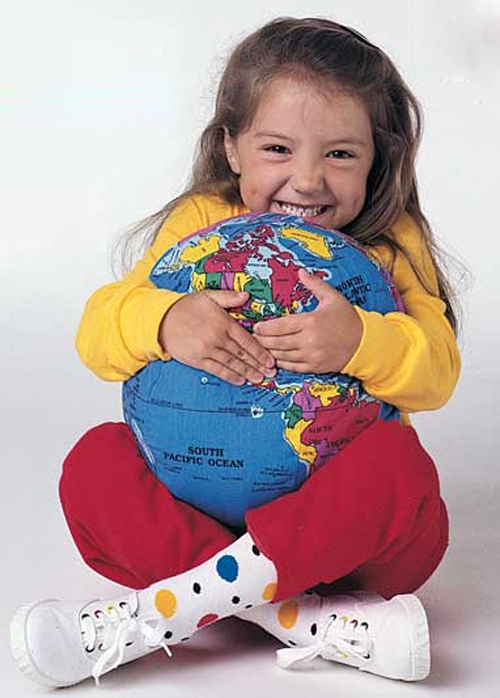 Tis the season…so another MapCarte entry that looks at the design of a toy based on a map. Sometimes the simplest ideas turn out to be the best and producing a globe made as a pillow has been a commercial hit for the designers and manufacturers of Hugg-a-Planet. The design is fun, useful and memorable as the central message is we can wrap our arms around the world and give it a hug. It’s an object that supports all sorts of play activities in young children and the map itself is designed to be colourful and attractive. This doesn’t need perfect cartography…just the sense of the shape of the world that children can get to grips with, literally.
Tis the season…so another MapCarte entry that looks at the design of a toy based on a map. Sometimes the simplest ideas turn out to be the best and producing a globe made as a pillow has been a commercial hit for the designers and manufacturers of Hugg-a-Planet. The design is fun, useful and memorable as the central message is we can wrap our arms around the world and give it a hug. It’s an object that supports all sorts of play activities in young children and the map itself is designed to be colourful and attractive. This doesn’t need perfect cartography…just the sense of the shape of the world that children can get to grips with, literally.
Of course, it has a secondary purpose as an educational aid and allows children to begin to learn about geography by using the hugg-a-planet to show where countries and places are. Beyond childhood, hugg-a-planet has become somewhat iconic as a metaphor for global peace. It resonates with those seeking to explore enviromentalism and as pleasing object to have lying around as a cushion with meaning.
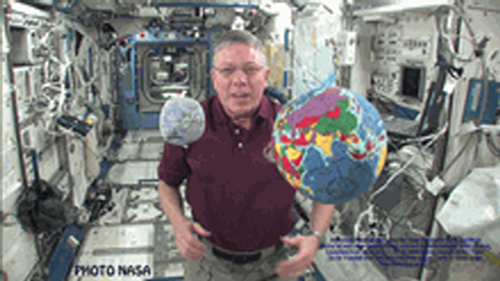 It’s a fun toy but one which has been used and shared by Presidents as well as global business and political leaders and televison, movie and musical celebrities. It’s even found its way onto the International Space Station where it began it’s orbit in 2009.
It’s a fun toy but one which has been used and shared by Presidents as well as global business and political leaders and televison, movie and musical celebrities. It’s even found its way onto the International Space Station where it began it’s orbit in 2009.
You can find out more about Hugg-a-Planet at the website here.

